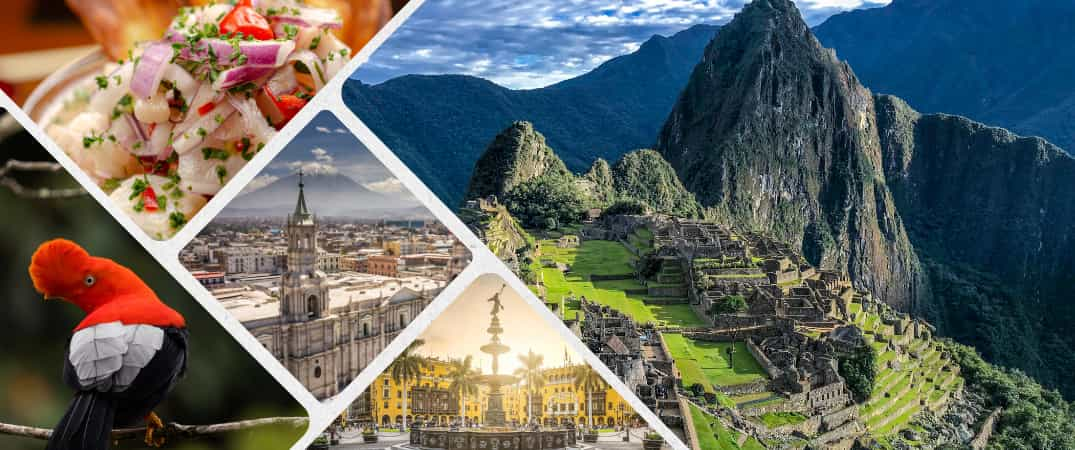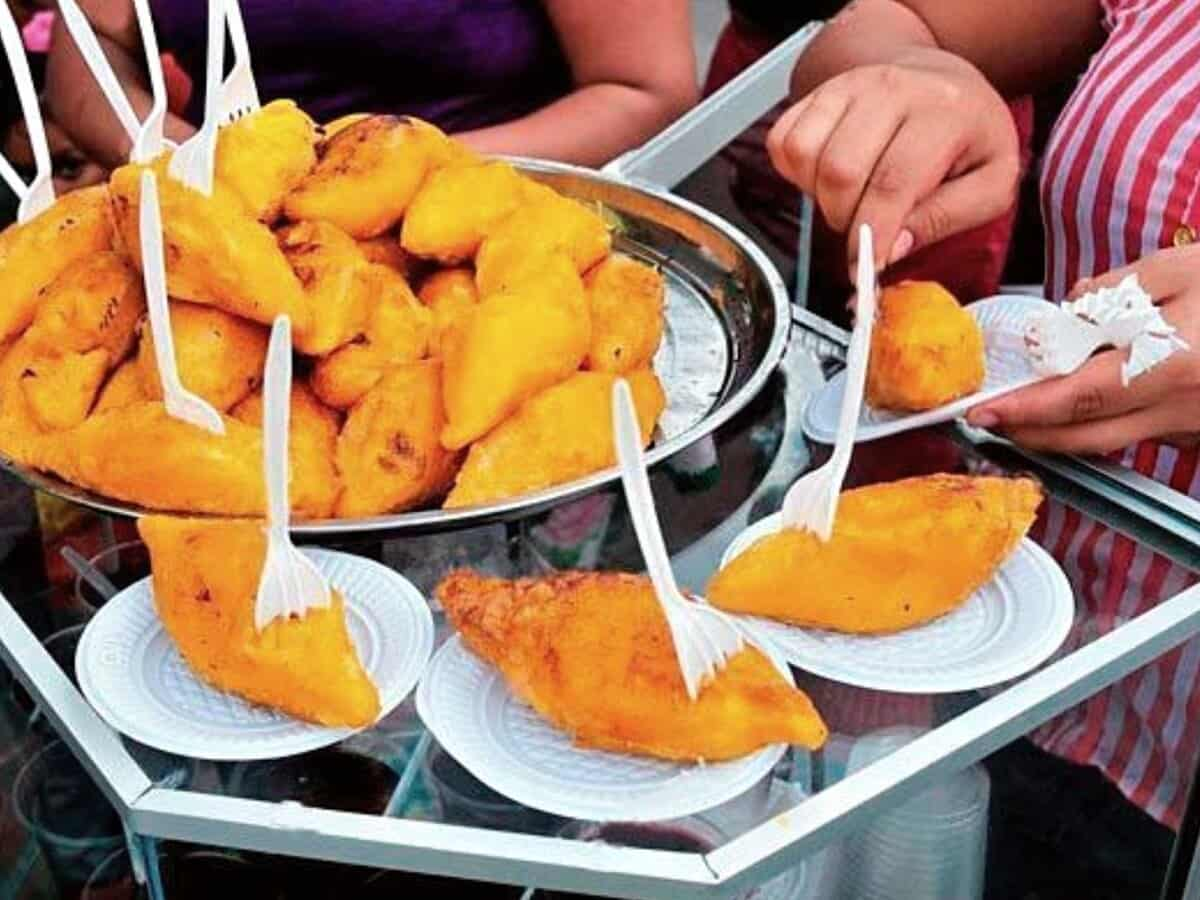In Peru, there is a vast array of slang and expressions used in various situations and contexts, which make up a unique aspect of the country’s culture. Among the most well-known and widely used terms is ‘yapa’. This expression is especially common in restaurants and food stalls throughout Peru, and many locals can be heard asking, “¿Sale con ‘yapa’?” or shouting, “¡Pide tu ‘yapa’!” in a friendly manner. But what is the origin of this phrase, and what does it really mean?
The Essence of ‘Yapa’
‘Yapa’ is an integral part of the Peruvian vernacular, frequently heard in marketplaces, stores, and dining establishments. It is considered a colloquial and popular expression, similar to other local slang such as ‘gil’ or ‘wey’. The term ‘yapa’ holds a particularly strong presence in areas of commerce, as it’s often used by both sellers and buyers during transactions.
The significance of the term is typically tied to something extra that one receives—usually at no additional cost. In simple terms, ‘yapa’ refers to a bonus or complimentary addition that is given when purchasing goods or services. In Peru, this expression reflects the friendly, generous spirit of merchants who often add a little extra to the transaction.
The Origin of ‘Yapa’
The etymological origin of the word ‘yapa’ is linked to the Quechua language, specifically the word ‘ñapa’, which means “to add,” “to increase,” or “to help.” The word dates back to the time when the Inca Empire thrived, and the Quechua language was spoken widely across the Andes. Over time, the usage of the term spread and became deeply embedded in the informal language of Peru.
As Quechua-speaking communities interacted with Spanish-speaking colonizers, the term ‘ñapa’ was gradually adopted into the local Spanish dialect, evolving into the form we know today: ‘yapa’. Despite the shifts in language, the essence of the word has remained consistent—referring to something extra given as a free addition or gift.
The Meaning of ‘Yapa’ in Modern Peru
In contemporary Peru, the term ‘yapa’ is used to describe a complimentary item added to a purchased product. The Royal Spanish Academy (RAE) defines it as an “addition,” especially one that is given as a gift or tip. This definition extends to other South American countries, such as Argentina, Chile, Uruguay, and Ecuador, where ‘yapa’ similarly refers to something added for free.
In the Peruvian context, ‘yapa’ is typically used when asking for a freebie or bonus after buying a product. It’s understood as a small, but appreciated, addition to a purchase, which could range from an extra fruit or vegetable at the market to a small treat at a local food stall. It is not simply a gift—it is a cultural custom, a gesture that reflects goodwill and a sense of hospitality.
For example, when buying a dish at a food stall, a customer might ask for “yapa,” meaning they want a little something extra along with their order. Similarly, sellers often use the word to refer to the free addition they give their customers as a gesture of appreciation.
The RAE also mentions that ‘yapa’ can refer to “the mercury added to silver ores in American mining operations to facilitate the processing of the material.” While this meaning is quite specific to the mining industry, in daily life, the term is most widely used in the commercial and food sectors, where it conveys generosity and customer care.
Who Uses ‘Yapa’ in Peru?
The term ‘yapa’ is commonly used by both consumers and sellers in Peru. Buyers are the most frequent users, as they often request the free bonus when purchasing food or other items. Sellers, on the other hand, may highlight the free addition they provide as part of their service.
The phrase is commonly heard in local markets, where the exchange of goods is often accompanied by friendly bargaining. It is not uncommon for a buyer to walk away from a market with an extra fruit or vegetable tucked into their bag, a small ‘yapa’ that adds to the enjoyment of the purchase.
Below are a few examples of how ‘yapa’ is used in daily conversations:
- “Al comprar para la casa, disfruto ir al mercado, ya que siempre me dan de ‘yapa’ alguna fruta o verdura.” (When buying for the house, I enjoy going to the market because they always give me some extra fruit or vegetables as ‘yapa’.)
- “Te aconsejo comprar tu desayuno en el puesto de la esquina, pues siempre dan su respectiva ‘yapa’.” (I recommend buying your breakfast at the stall on the corner, as they always give you your ‘yapa’.)
- “En verano me gusta comer ceviche y otros platos a base de pescados y mariscos en la playa, pues siempre me dan con su ‘yapita’.” (In the summer, I enjoy eating ceviche and other seafood dishes on the beach because they always give you a little extra ‘yapa’.)
These examples illustrate the common use of ‘yapa’ in everyday life, particularly in situations involving food purchases. It’s a term that highlights the importance of small gestures in Peruvian culture—gestures that emphasize warmth and community spirit.
The ‘Taipá’ and Other Peruvian Slang
Along with ‘yapa’, Peruvians also use other food-related expressions, such as ‘taipá’. The term ‘taipá’ refers to a large, abundant meal or a portion of food served in generous quantities. The RAE’s Americanisms Dictionary describes it as “a meal that is large in quantity or size,” and it’s often used in contexts where food is served in big portions, making it a perfect complement to the generous nature of ‘yapa’.
These expressions reflect the Peruvian attitude toward food—where meals are not just about nourishment but about sharing and giving. In a culture that places high value on family, community, and hospitality, food plays an essential role in bringing people together, and the use of terms like ‘yapa’ and ‘taipá’ highlights this sentiment.
The word ‘yapa’ is a beloved part of Peru’s informal and colloquial language, reflecting the culture’s emphasis on generosity, community, and the joy of small, unexpected extras. Its origin in the Quechua language, coupled with its widespread use in commerce, particularly in markets and food stalls, makes it a quintessential example of how language evolves and adapts within a culture. Whether you’re a local or a visitor, understanding and using the term ‘yapa’ can enhance your experience of the warmth and friendliness that define the Peruvian way of life.

